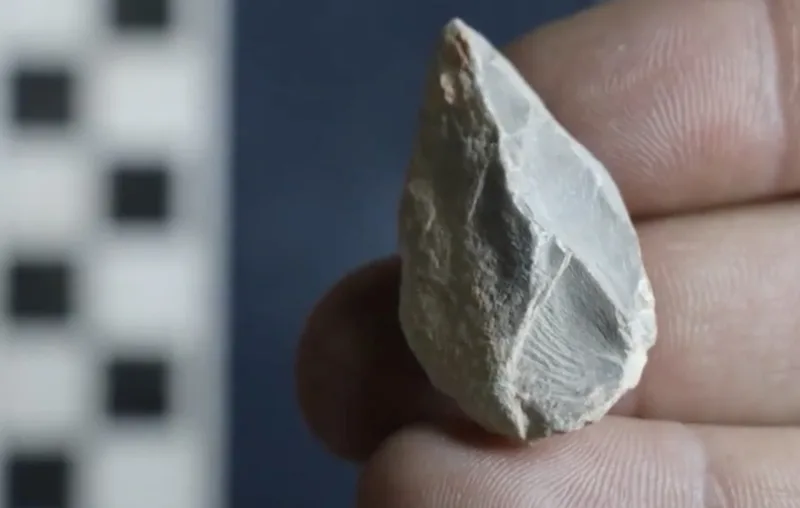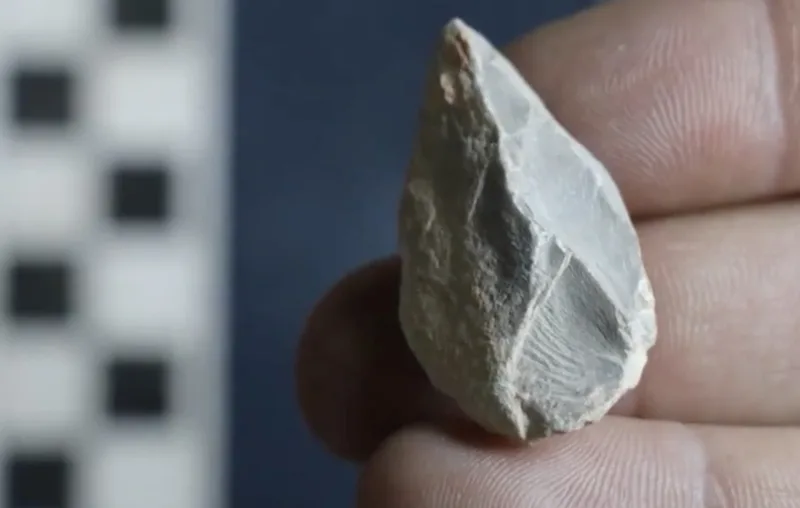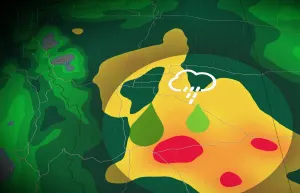
Artifacts may have unearthed new timeline of human arrival in the Americas
New research has surfaced that suggests humans may have settled in the Americas much earlier than what was previously believed, having been here nearly twice as long as what historical accounts suggested.
Excavations in a Mexico cave, Chiquihuite, first uncovered archaeological evidence of human presence dating back up to 27,000 years. But then computer analysis pushed the date back even more, with a study claiming humans first lived in the cave around 33,000 years ago.
A group of European archaeologists recovered about 1,900 stone artifacts from the remote cave.

Stone tool. Photo: Ciprian Ardelean.
The new findings challenge the popular belief that humans landed in North America about 16,000 years ago. Two studies were recently published in Nature, one outlining the site of Chiquihuite and a second analyzing statistically the 42 archaeological sites in the Americas.
"The first Americans are popularly believed to have arrived in the continent between 16,000 and 13,000 years ago," said Dr Lorena Becerra-Valdivia, lead author of the statistical modelling study, in an interview with Daily Mail.
"Our findings show evidence of humans around 15,000 years before then.'
Source: Daily Mail
Thumbnail courtesy of Ciprian Ardelean.










